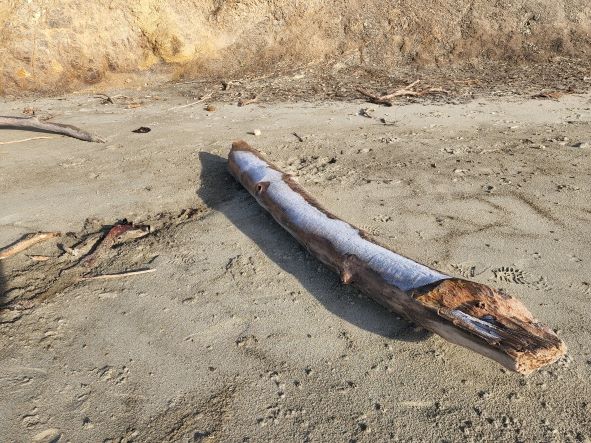
The Moeraki Boulders Beach (also called Te Kai Hinaki) is one of the most exciting and unique beaches. When I saw it for the first time in pictures, I wondered what the tremendous sphere rock shape was. Really?
Of course, I dragged my husband early in the morning to catch the sunrise in this beautiful spectacle. It was cold. The floor was icy, and on the beach, we could see some frost on branches. But let me tell you, it was worth it. The light was magical in these spheres.
Where is it?
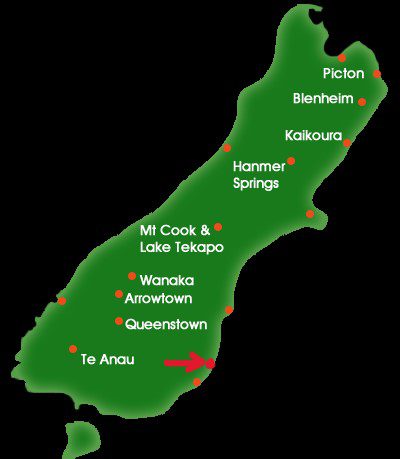
This beach is located about 40 km (25 miles) south of Oamaru. The drive is a spectacular scenic road. It took us around 30 minutes to get there.
The Boulders
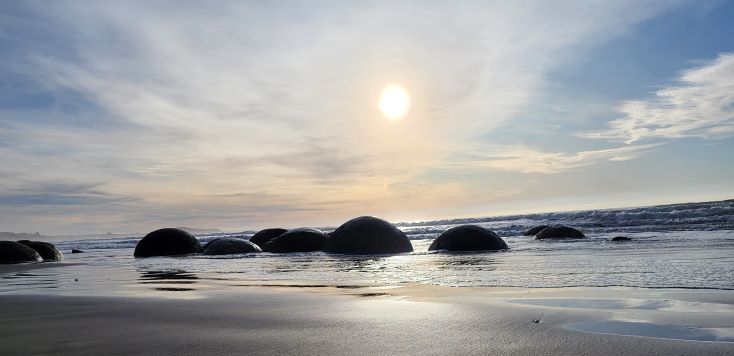
This was simply gorgeous. The light barely coming through the winter clouds was dreaming. It almost seemed I was in another world. I had never had such an astonishing scene.
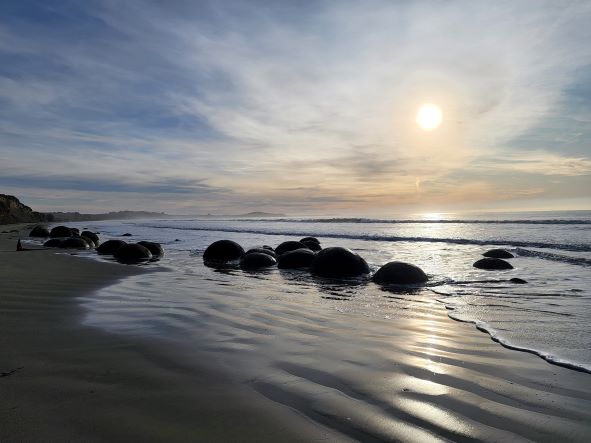
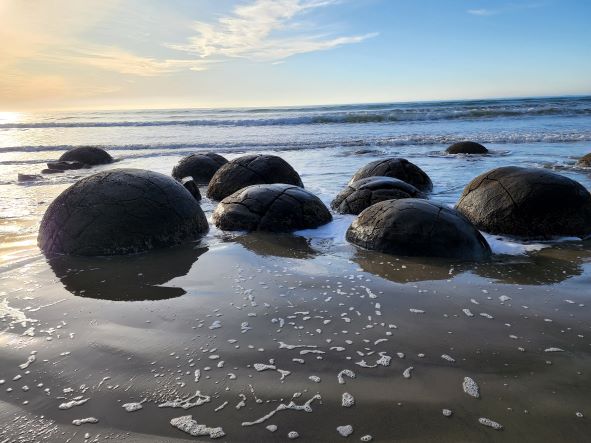

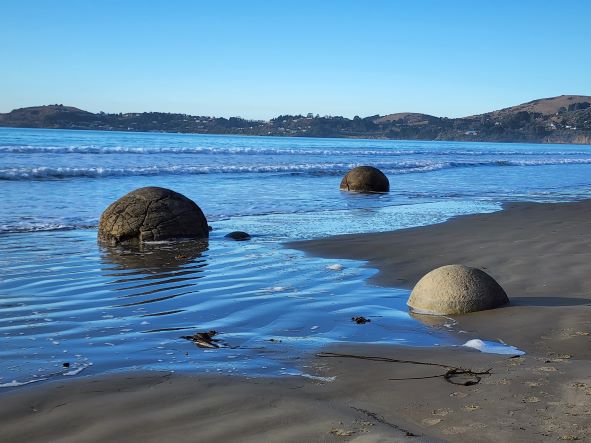
History
Aren’t you curious why gigantic and perfectly round rocks are lying along the shores, and there is nothing quite like them anywhere else in New Zealand? I was curious. In the beginning, it looked artificial, but after, I was not so sure.
Maori explanation

So, there are two types of explanations: Maori and scientific.
Let’s start with the Maori explanation: Ngai Tahu’s people say that the Canoe Arai Te Uru wreck caused the boulder’s beach.
The canoe was transporting round food baskets and water gourds, a calabash type, and it was washed away to the near shores, and all travelers perished. So, the round baskets and the water gourds are the Moeraki Boulders.
Scientific explanation
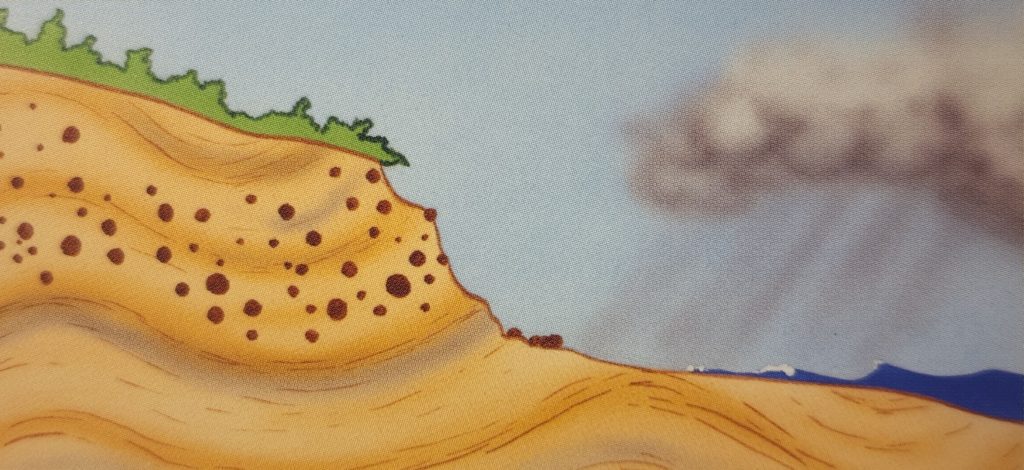
The scientist’s point of view is more technical and complex: They say the process of the formation of the boulders began around 60 million years ago when the ocean covered the Otago area.
The muddy sediments slowly accumulate on the bottom of the sea floor. The residues were shells and plant debris, which created layers during the deposition. This accumulation was continuously mixed by burrowing animals like fish, marine worms, mollusks, and sea urchins, which destroyed the original layering.
Then, these sediments stick together very tight and crystallize to form spherical knobbles. Scientists say it took around 120,000 years to develop the small portion (less than 0.5 meters across – 1.64 feet) and four million years for over 2 meters across -6.56 feet.
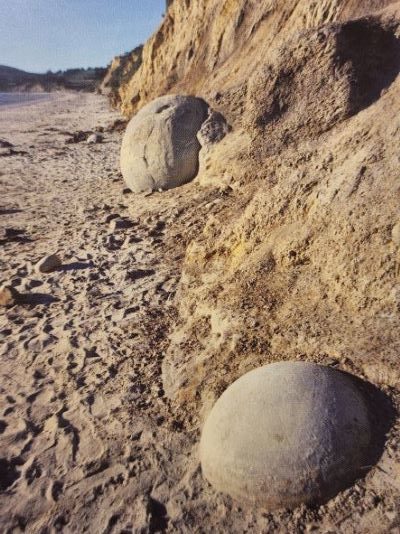
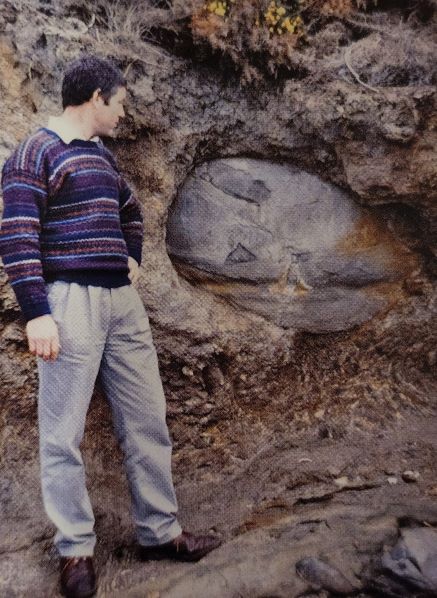
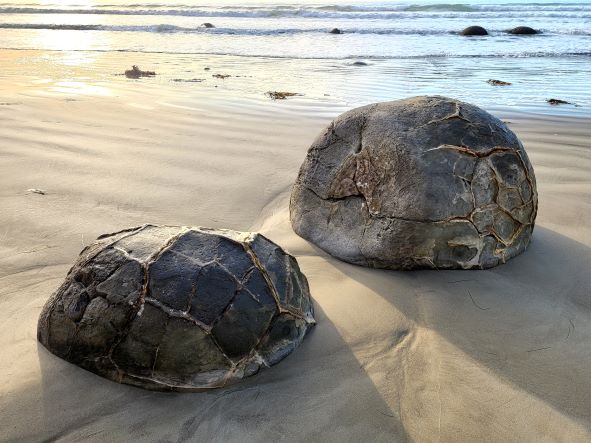
The outside of the boulder gets very hard and brittle, and the inside material begins to dehydrate by chemical reactions, causing it to crack.
By this time, what once was the bottom of the ocean had become land. The land’s erosion exposed the mudstone beds containing the Moeraki Boulders that we see today.
For those who love geology and paleontology, shag point, a beach south of Moeraki Beach, fossils were found of two kinds of extinct marine reptiles: plesiosaurs and mosasaurs.
The beach was beautiful not only because of the unique natural Boulders but also because of the beautiful nature that surrounded this place. I highly recommend coming and visiting, maybe in the summer, although winter has its charm.
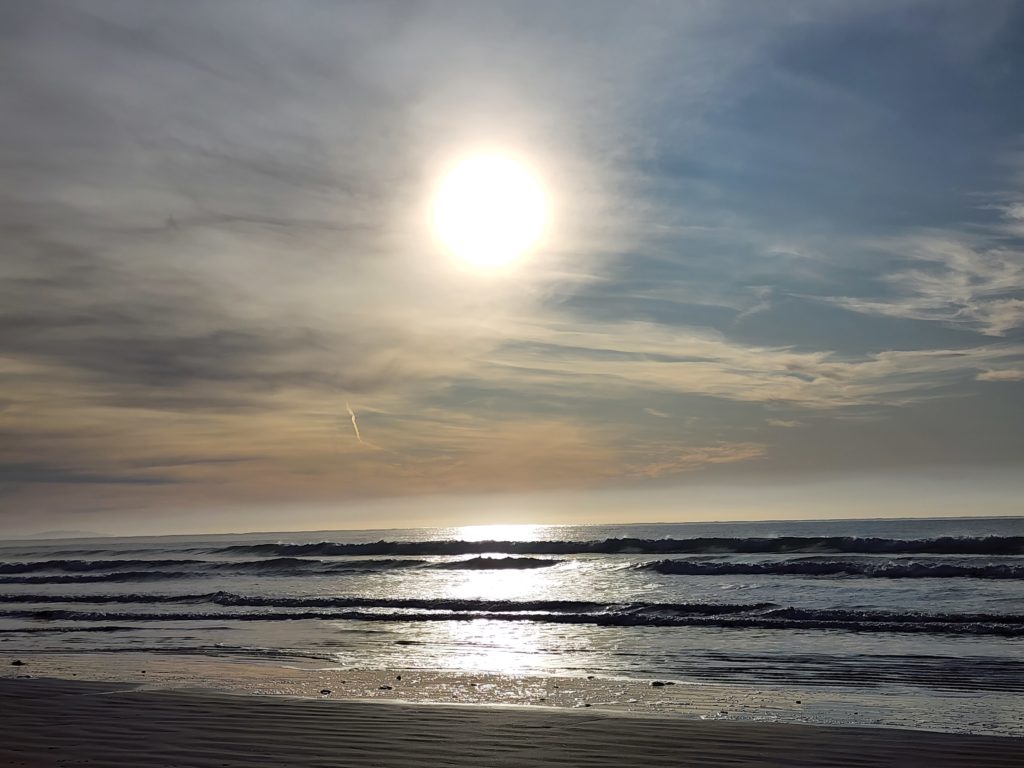
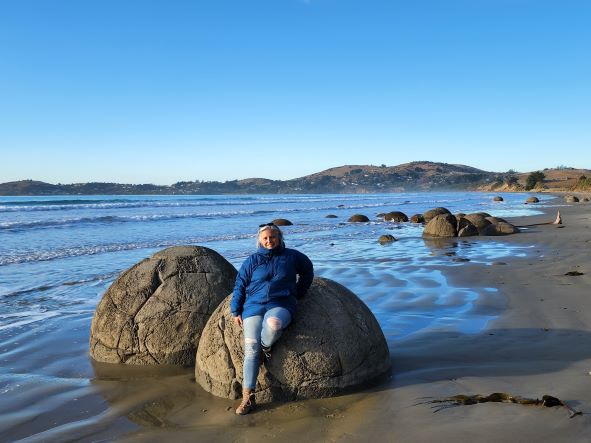
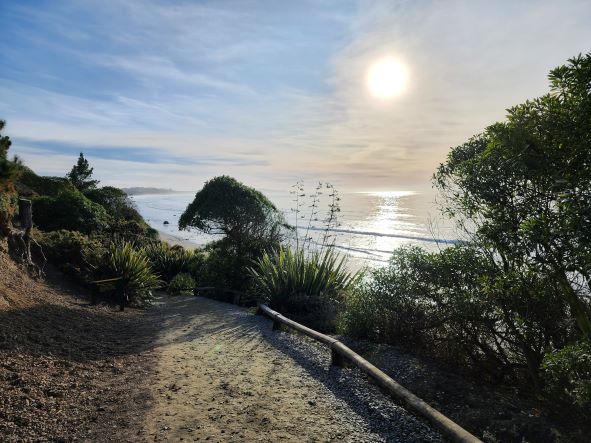

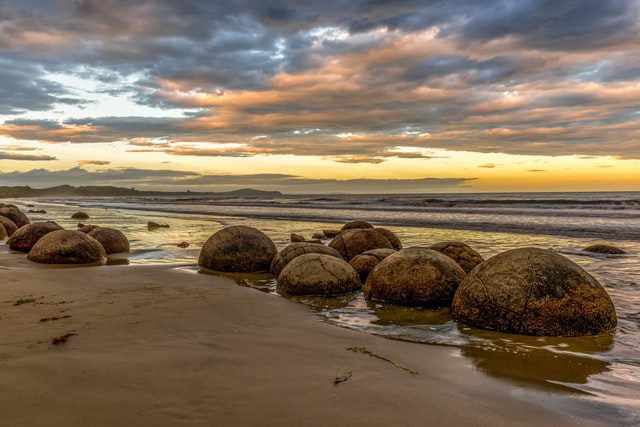
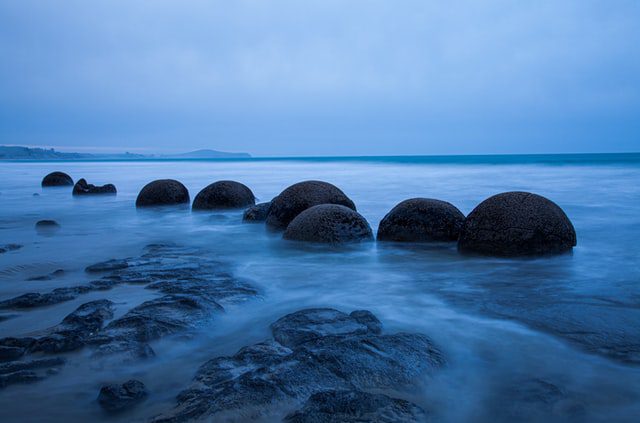
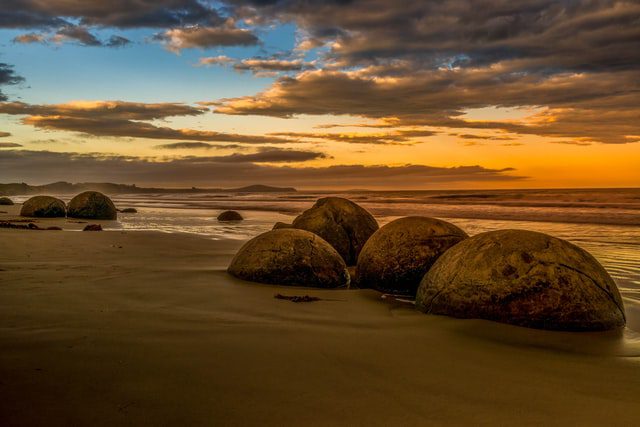
“Not all who wander are lost.”
– J.R.R. Tolkien
